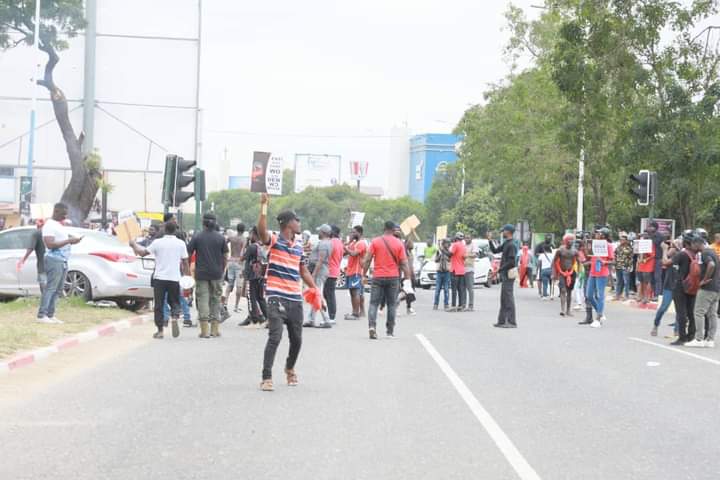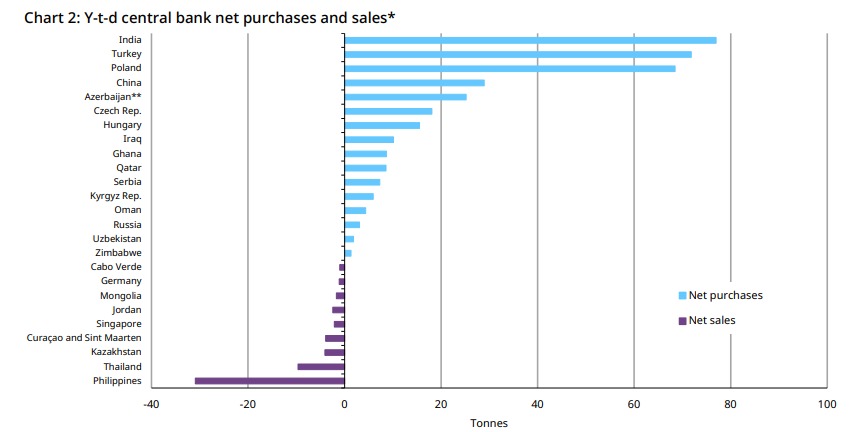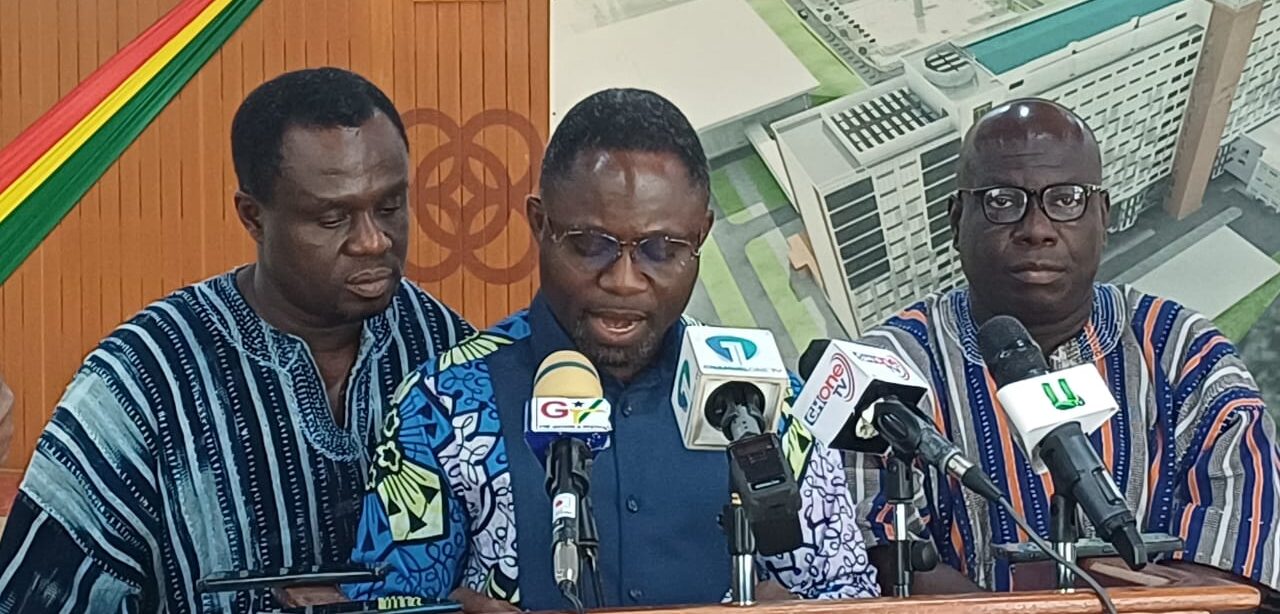

Galamsey, or illegal small-scale mining, has ravaged Ghana for decades, leaving behind environmental destruction, polluted water bodies, and displaced communities. Although concerns have been raised for years, it is the youth, particularly Generation Z, who are now at the forefront of the fight to end this harmful practice. Through both online platforms and street protests, their activism is creating a new wave of urgency and accountability around galamsey.
This article explores why Gen Z is leading the charge, how they are using modern tools like social media to amplify their voices, and what this means for the future of environmental activism in Ghana.
The Impact of Galamsey on Ghana
The effects of galamsey have been devastating. From deforestation and soil erosion to mercury pollution in rivers, the damage to Ghana’s environment is widespread. Fertile lands have turned barren, and vital water bodies that once provided clean drinking water are now contaminated. These actions have not only caused environmental harm but also created social and economic challenges, threatening food security, public health, and local livelihoods. Despite these dire consequences, illegal mining continues to thrive, fuelled by weak law enforcement and corruption.
Why Gen Z is Taking Action
Ghana’s youth understand that they will inherit the environmental consequences of today’s actions. For Gen Z, the battle against galamsey is about more than just protecting the environment; it is about safeguarding their future and that of generations to come.
Unlike previous generations, Gen Z has grown up in a digital age, where access to information is instant. They are hyper-aware of global environmental movements, drawing inspiration from youth activists like Greta Thunberg, who advocates for climate change action. This global consciousness has galvanised them to make a local impact, with galamsey representing the environmental destruction they are determined to stop.

Harnessing the Power of Social Media
Social media has become a powerful tool in the hands of young activists, providing a platform for their concerns and a means to mobilise others. Platforms like X (formerly Twitter), Instagram, and TikTok have enabled youth-led protests, amplified awareness, and pressured government officials.
The hashtag #SayNoToGalamsey gained widespread traction, with thousands of posts highlighting the environmental damage caused by illegal mining. X, in particular, became a hub for activism, with live updates from protests, trending conversations, and viral videos of youth-led demonstrations. This form of digital activism has been a game-changer, not only in spreading their message but also in holding those in power accountable.
Protests in the Streets
While social media has been instrumental, it is not the only weapon in their arsenal. In recent months, Ghana has witnessed several youth protests against galamsey. One notable example was a three-day protest in Accra, where hundreds of young people took to the streets, demanding that the government take concrete action against illegal mining.
For many, this was their first time participating in such a movement, but the experience has inspired a generation of activists. Their passion and determination have sent a clear message: they will not sit back while their environment is destroyed.

Collaboration with Influencers
Gen Z has also tapped into the influence of popular figures such as Ama Governor, Kalyjay, Ama Burland, Chiderah David, and Efia Odo. High-profile personalities like John Dumelo and Clemento Suarez have also used their platforms to speak out against galamsey, bringing the issue into the mainstream.
By working with these influencers, the movement has gained even more visibility. The involvement of well-known figures ensures that the fight against galamsey cannot be easily ignored by the government or the public.
Calls for Government Action
The youth’s efforts have not gone unnoticed. There has been a growing demand for stricter regulations and better enforcement of anti-galamsey laws. In response, the government has introduced initiatives aimed at curbing illegal mining. However, Gen Z activists are well aware that much more needs to be done.
The Path Forward
The youth-led movement against galamsey is poised to grow in the coming years. With social media as their primary tool and support from influencers and international environmental organisations, Generation Z in Ghana is proving that they are not just the future but the present. Their commitment to protecting the environment and ensuring a sustainable future will shape the policies and actions of tomorrow.

A New Wave of Environmental Activism
Generation Z’s leadership in the fight against galamsey marks a significant turning point in Ghana’s environmental activism. Their use of technology, social media, and grassroots protests has ignited a renewed sense of urgency. As they continue to challenge the status quo, the youth are demonstrating that their voices can no longer be ignored. The future of Ghana’s environment rests in their hands, and they are rising to the challenge with unwavering determination.
The recently concluded #StopGalamsey three-day protest served as a powerful sequel to an earlier demonstration that saw the arrest of 53 activists. This new wave of protests was not only a fight for their release, under the hashtag #FreeTheCitizens, but also a bold demand for immediate government action against illegal mining.
With banners and an unshakable resolve, protesters flooded the streets, their chants echoing a message that resonated across the nation: the environment is non-negotiable. Galamsey, with its legacy of destroyed farmlands and poisoned rivers, has become a symbol of unchecked environmental degradation and corruption. For many communities, this is a battle for survival.
While the initial arrests were intended to stifle the movement, they only intensified the resistance. Protesters vowed that their fight for environmental and social justice would continue, sending a clear message that neither their voices nor their land would be silenced.
Read Full Story
















Facebook
Twitter
Pinterest
Instagram
Google+
YouTube
LinkedIn
RSS